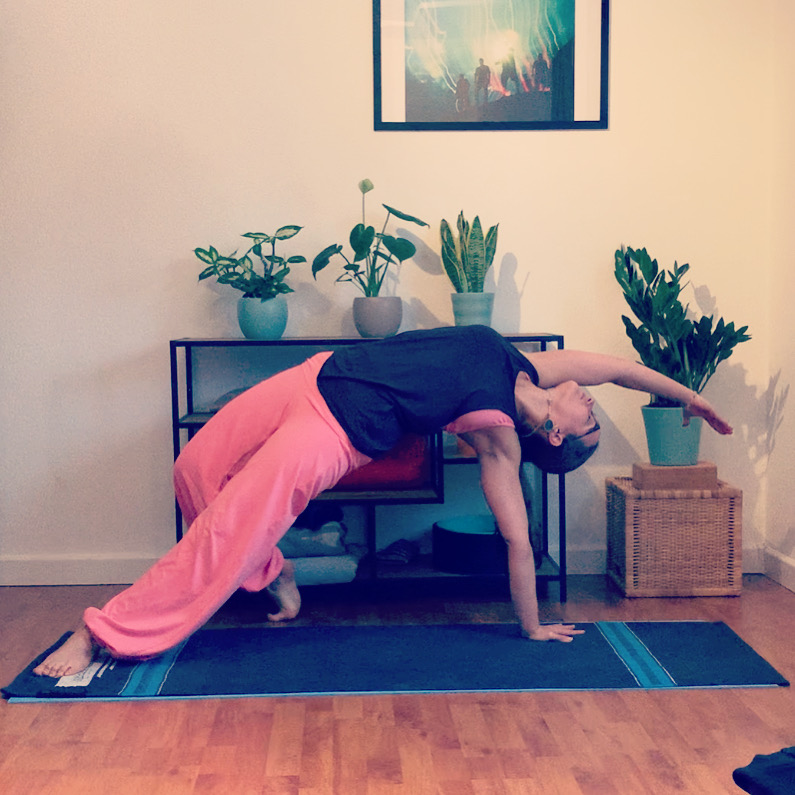In my previous post about Ashtanga, I mentioned that the yogic philosophy recommends the practice of the 8 limbs to overcome suffering.
The first of the 8 limbs is “Yama”. The yamas are 5 moral guidelines to follow, and they are mainly about our interactions with the world around us and ourselves. We’ve already explored the first one, Ahimsa. Let’s dive into the second one!
The second ethical guideline of the yogic philosophy is Satya, truthfulness.
Satya tells us to be truthful, honest, authentic to ourselves and others. It takes courage, self confidence and discipline, so that we dare to tell the truth and be our truth regardless of what others will think.
A question that often arises is “What if telling the truth to someone will hurt them? Should we tell the truth at any cost?” and the answer is no, because the first principle, Ahimsa, prevails. Our intention should always be first, to do no harm, then to be truthful.
Satya on the mat
Do we always adapt our practice to how we feel when we step on the mat? Do we sometimes ignore our inner voice and let our ego take control? Do we decide that a pose SHOULD be for us even when our body tells us it’s not? Do we sometimes notice a weakness, a dissymmetry in a pose and decide to ignore it?
My experience with it
Being honest to ourselves on the mat is sometimes very hard. We have to work closely with Ahimsa and Satya to make sure that our practice nourishes us and doesn’t cause us harm. On the other hand, there are also times where pushing ourselves would benefit us, but fear or laziness keeps us from reaching our potential. I’m definitely guilty of both!
A tricky balance of mindfulness, honesty, self-compassion and discipline should be our goal. Easier said than done!
What about you? Is this yama one that you struggle with? Do you manage to listen to your inner voice or do you feel it’s often covered by unhelpful noise?

